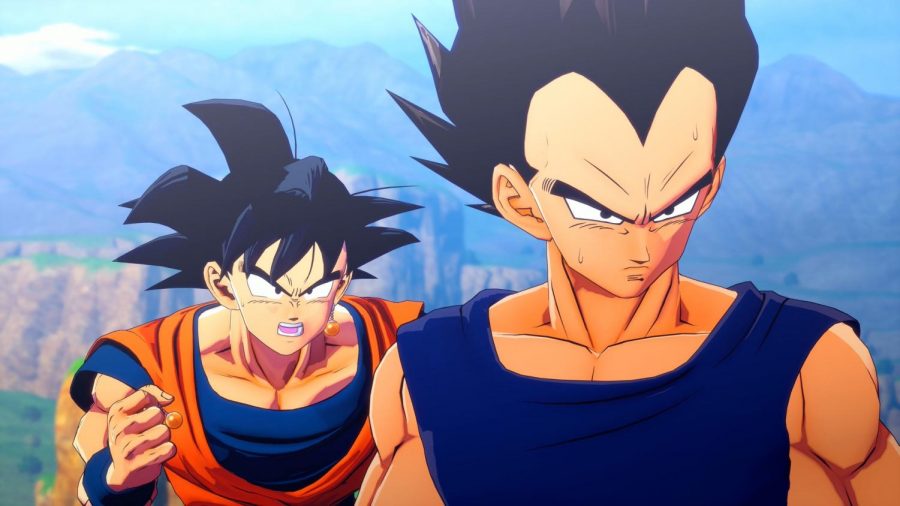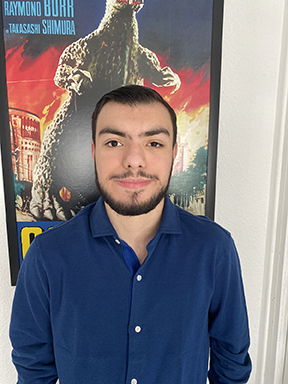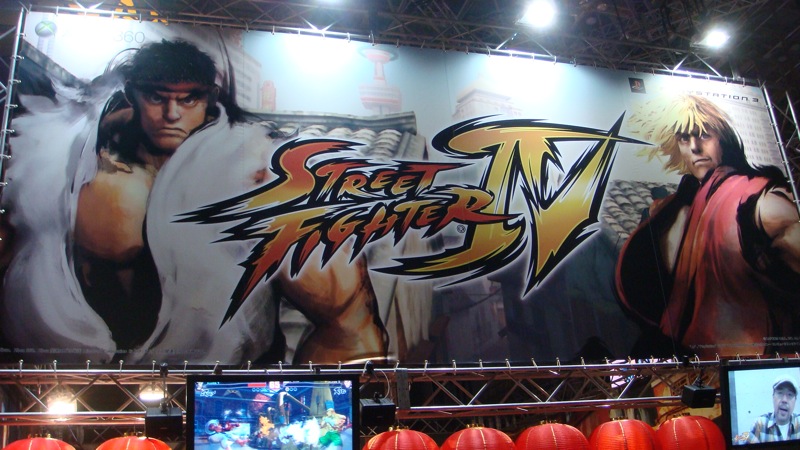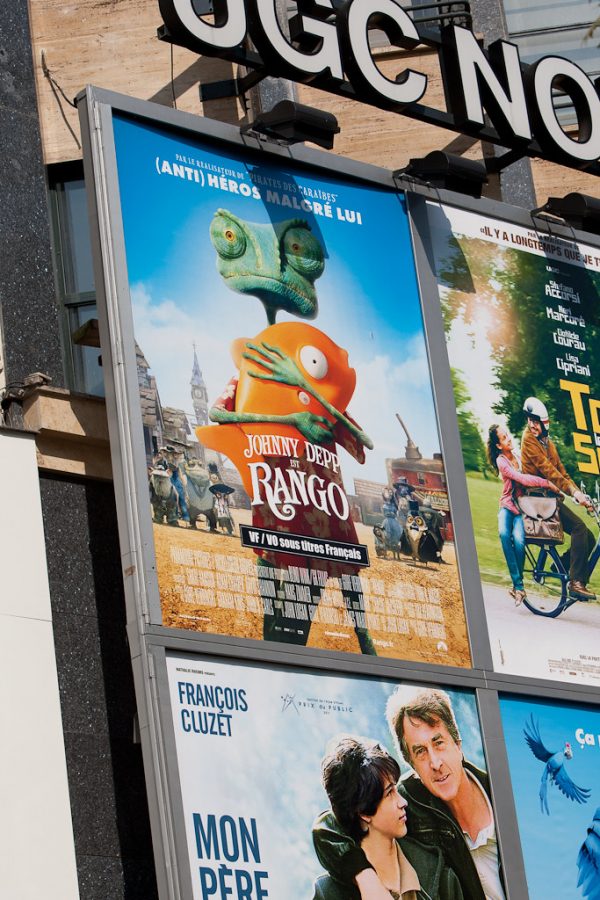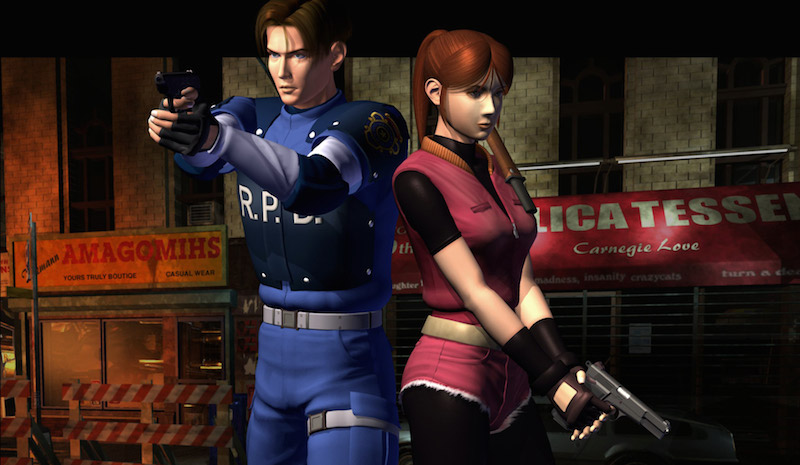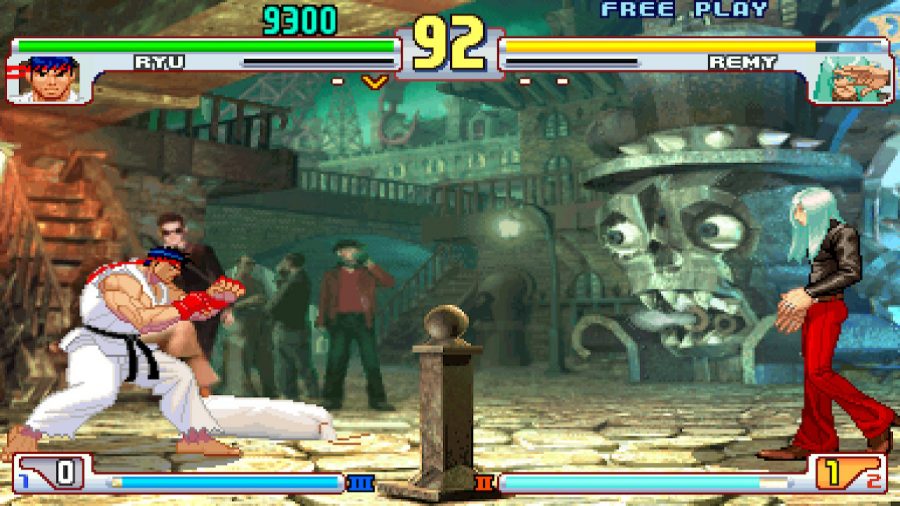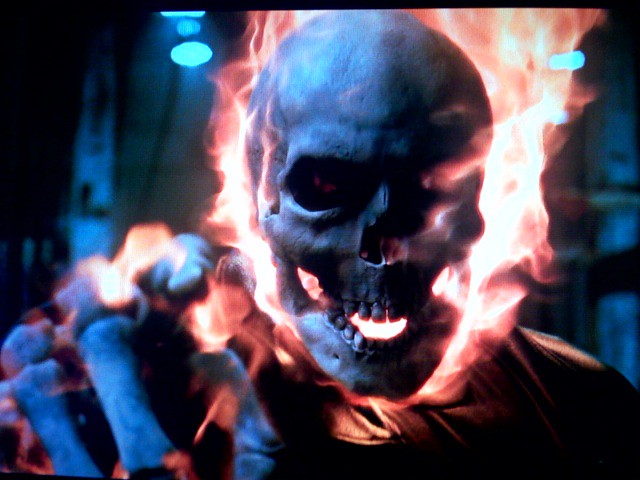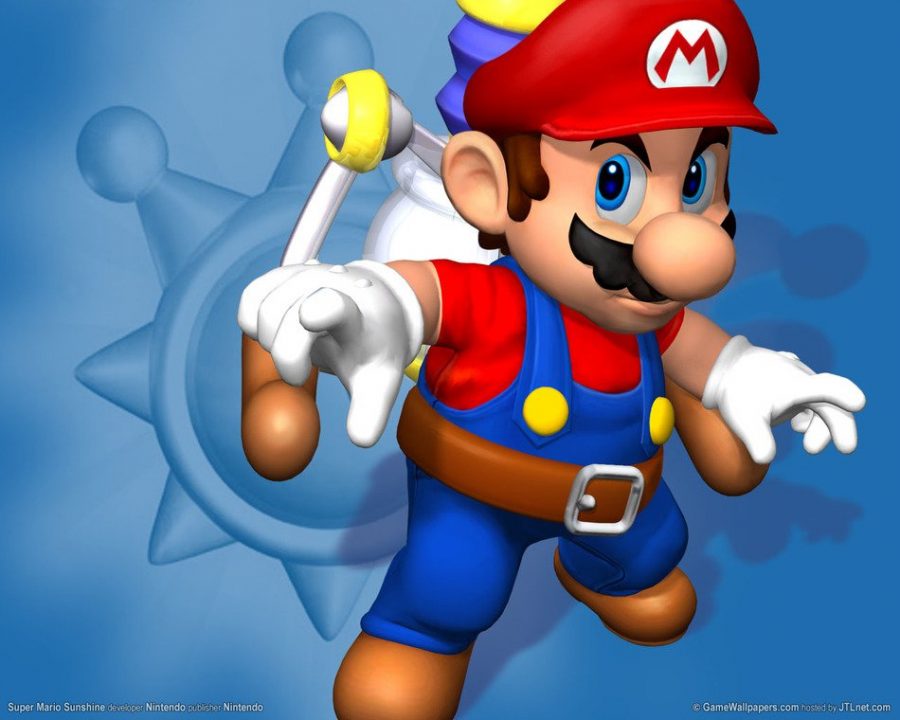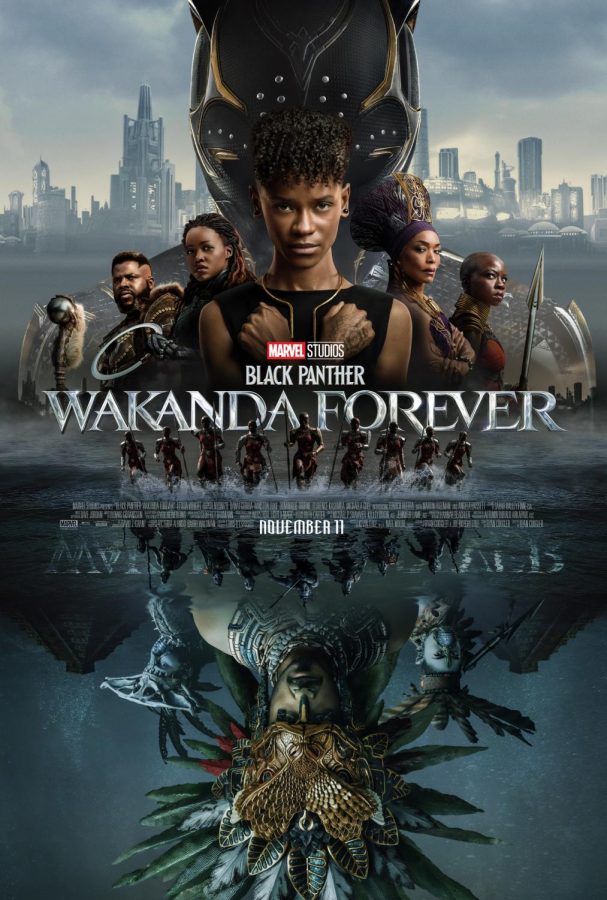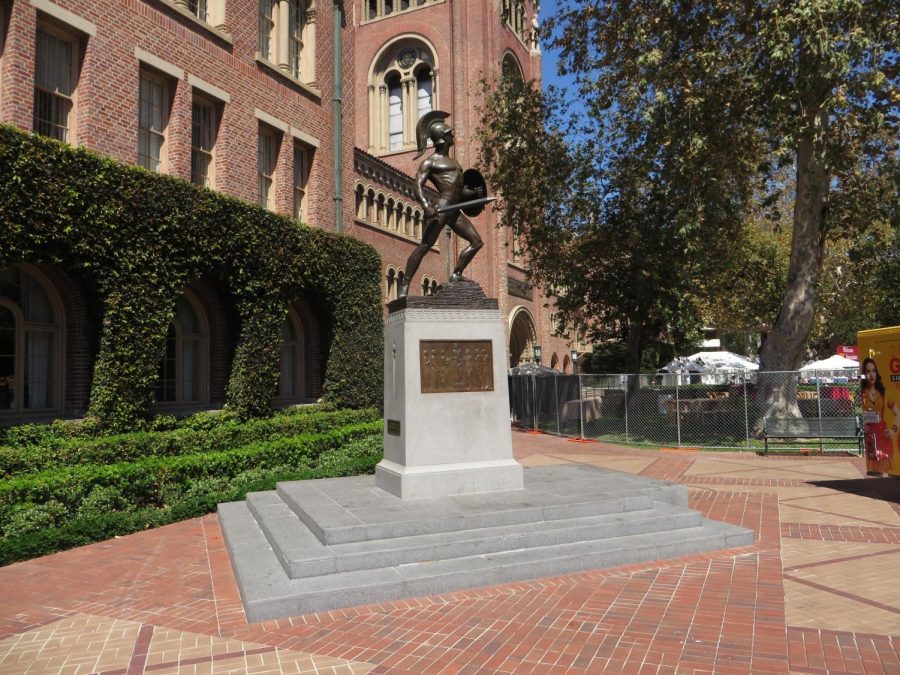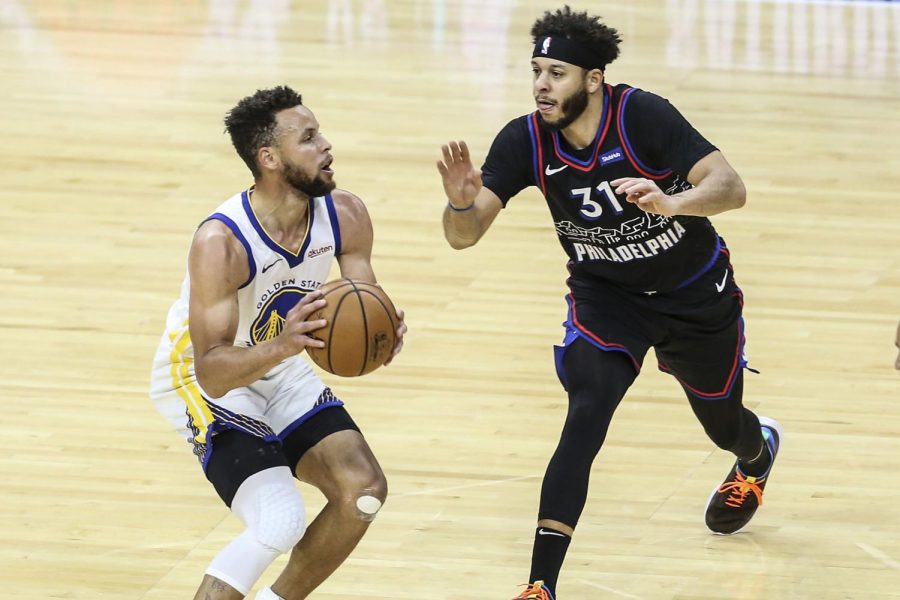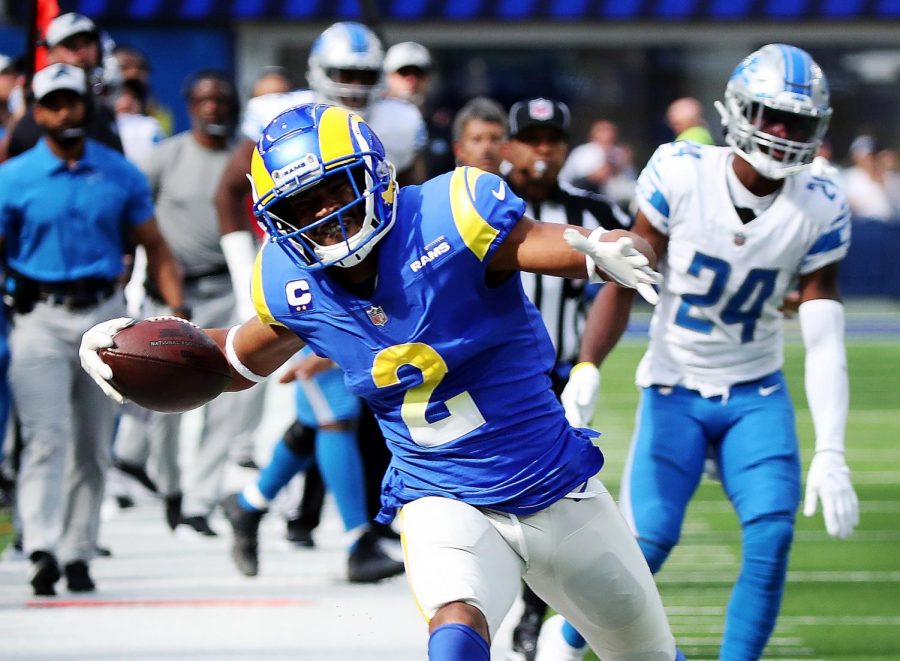“Dragon Ball Z” is considered by many to be one of the best Shonen Jump mangas and animes in the world, and the series still has the magic that granted it its legendary status amongst fans.
Welcome back to “A Look Back With Oscar,” the column that goes back to old movies, shows, and games to see if they still hold up today.
Today we’ll see if the “Dragon Ball Z” series is still the super saiyan success fans recall, or if it’s gone down to Yamcha status.
“Dragon Ball Z” is a sequel series to the original “Dragon Ball” created by Akira Toriyama in 1984 with DBZ being published in 1988.
The heart of the series lies in the titular Dragon Balls, 7 orbs that when collected summon a dragon that can grant any wish the gatherer desires. These items prompt great battles and conflict, with “Dragon Ball Z” introducing higher stakes and new twists.
The show spans a total of 4 larger arcs, the original 4 sagas, which were later divided into the 16 sagas we have today.
I grant the series three and a half out of five stars with the show having noticeable flaws in pacing and aged production quality while providing a wonderful introduction to a vast genre of action anime.
In this look back we’ll be covering the larger plot points of the series, so don’t worry, we didn’t forget about King Kai or Androids 19 and 20.
Each saga introduces new allies and foes, with each enemy seeking out either power, or to use the Dragon Balls for their own evil wishes. These conflicts often hold the fate of the world in the balance, as Goku and his friends rise to each new challenge.
The series starts with the Saiyan Saga, with Goku and his friends trying to defend the earth from an alien race known as saiyans, beginning with the arrival of Goku’s brother Raditz, who along with his plans to conquer the planet bring the revelation that Goku himself is one of these saiyans.
Despite the lack of flashy powerups fans have come to expect of the series in modern times, this arc holds up nicely, with the emphasis on what it means to be a saiyan playing a key part in its charm.
This larger saga also sees the introduction of fan favorite saiyan Vegeta, who along with Nappa, arrive to finish what Raditz started, only to fall at the hands of Goku and his allies, the Z Fighters.
Following the loss of iconic characters such as Yamcha, Tien and Piccolo the remaining fighters head to planet Namek, to use their Dragon Balls to revive fallen allies. Unbeknownst to them the greatest terror in the galaxy , Lord Frieza, is also in search of the Dragon Balls.
This is where the series truly shines, with everything from the colorful and vibrant Ginyu Force, to the start of Vegeta’s redemption being some of the best work the series has ever produced.
This arc also houses the arguably best know transformation in pop culture, becoming a Super Saiyan. The climactic battle with Frieza and the beautiful animation hold up amazingly to this day.
Following a lesser remembered arc which sees Gohan save the planet, as Goku is missing, we find ourselves in the Cell saga.
This saga sees the arrival of Trunks, a saiyan from the destroyed future, who helps our allies fight off red ribbon army stragglers, and two new androids, leading us to the arrival of Cell, a being who can copy every fighters moves.
This arc spans multiple mini portions, training sessions, and moments that feel slightly boring after such a long time. It is here that the series loses a little weight, as it does not evoke the same excitement until the Cell games, which is the saving grace of this arc.
The final “Majin Buu Saga” has the now reunited Z fighters attempting to subdue a 5 million year old terror known as Majin Buu. Though many fans cherish this arc, other than high points such as fusion and Majin Vegeta, the in between portions feel bland and drawn out. The fights hold thrill, but it feels simply like waiting around for something cool to happen.
Overall, The story is adequate as it gives us a more unique set of storytelling and action than many western cartoons of its day, with each arc having a good story. The pacing of the show can get pretty bogged down though, with extended periods of talking and standing around.
The show is supposed to highlight fighting set pieces as the key aspect of the show and it’s what the majority of the audience expects to entice them all the way through.
Some characters are better developed than others, with some just left stranded off screen, unlike major characters like Goku or Vegeta. One example would be Yamcha, an early on important character that is sidelined later in the show.
That not to say that the important characters have no problems. In fact, they have many. Many tend to make terrible decisions that not only would cause the death of some people and friends but also the entire planet, which while charming at first, only comes off as underdeveloped later.
But still the only thing many would watch Dragon Ball Z for is the action and, personally, we think it is the best thing about the show.
The animation is good for the late 80s early 90s but it’s tough to say anything bad about it given the limitations. The action scenes are where the animation shines the most.
Many of the moves and explosions the characters make are beautifully animated, and as iconic today as ever.
With battles getting serious and things blowing up, the audience is kept at the edge of their seats, loving each second of it and keeping them coming back for more.
The voice acting is really good for both Japanese and English dub as each actor doing a good job at portraying their character with some doing this for years, every dialogue, scream and yell is so perfectly well-voiced that many would recognize which character it is by hearing the dialogue without seeing the show.
The music for the series is nostalgic but is otherwise unremarkable. A personal favorite of mine is the Bruce Falconer soundtrack, giving the show a more 2000s era feel to it.
Overall, “Dragon Ball Z” is a well-done series that people should watch if they want an entry-level anime. The pacing can be messed up at times but for viewers looking for exciting action, there is no place to start like a classic.
Edgar Mendoza contributed to this article.



